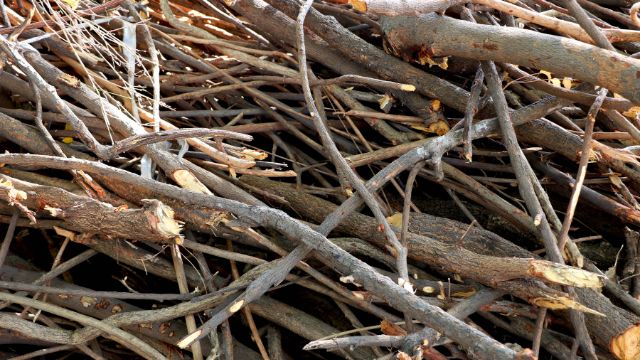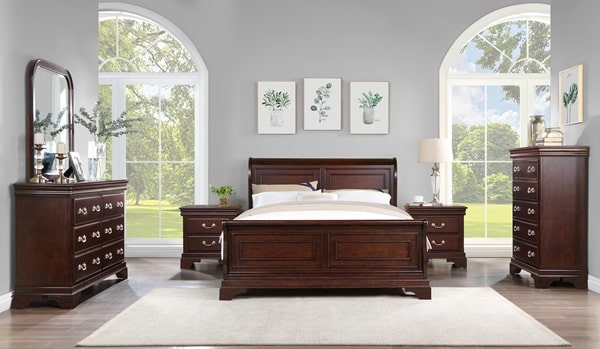For a long time, people have been dependent upon wood for warmth, tools, furniture, and even shelter. But the choice of choosing dry wood or wet wood for these tasks has always been there. Thanks to the kiln-drying, today we can easily dry out the moisture from wooden logs. However, dry wood is naturally available too, but you’d have to search for it in the forest. And who wants to do that in this modern world? On the flip side, wet wood is more readily available. But you must know when to use dry wood and wet wood. And today, we are here to help you out when and why to use certain types of wood with our in-depth lowdown on both the pros and cons of Dry wood and Wet wood. So yeah, let’s get down to it then. Shall we?
Dry Wood
The name pretty much gives it away, doesn’t it? Dry wood is, well, dry! This state is achieved either through natural air drying or through an artificial process known as kiln-drying. The aim here is to shed as much moisture as possible. And this isn’t a quick show, depending on the type of wood and the drying method, we’re talking weeks to months here. By the end of this arduous drying process, you’ve got wood with a moisture content of 20% or even less.
Pros Of Dry Wood
- Suppose you’re curling up by the fire on a freezing winter night. You’d want your wood to provide the maximum amount of heat, right? Well, that’s where dry wood shines. With less moisture content, more energy is channeled into warmth rather than getting wasted in evaporating water. The result is that you enjoy a toastier fire, making dry wood a top choice for stoves and fireplaces.
- Next up is the eco-friendly aspect. Dry wood gives off less smoke and creosote, a gummy, combustible substance notorious for accumulating in chimneys and potentially causing fires. So, using dry wood is not only safer but also helps maintain cleaner air around you.
- Efficiency is the name of the game with dry wood. It burns more thoroughly, cutting down on waste and saving you the hassle of constant refueling.
Cons Of Dry Wood
- On the flip side, dry wood might burn a hole in your pocket. All of that is because of the drying process itself, especially when kiln-drying is involved, which bumps up the overall cost. Plus, dry wood might not be available year-round, and storing it right is crucial to keeping its moisture content low.
- There’s also the green angle to consider. The drying process, particularly with kiln use, isn’t without its environmental cost. Kilns suck up energy to run and can add to the planet’s greenhouse gas emissions.
Wet Wood
Swing to the other side of the spectrum, we encounter wet wood. No prizes for guessing its state, yes, it’s wet! Also called green wood, this is wood in its most natural, freshly-cut form. Without going through any drying process, the moisture content in wet wood is sky-high, often sailing above the 30% mark. Sometimes, it can surge up to 50% or even more, all hinging on the type of wood and when it was cut.
Pros Of Wet Wood
- One of the great things about damp/wet wood is that it’s generally easy to come by, and typically friendlier to your wallet than its dry counterpart.
- If you’re lucky enough to live near a forest or timber source, you might even find yourself embarking on a new adventure, collecting and drying your own wood. Not only can this save you a fair bit of cash, but it could also evolve into a gratifying pastime.
Cons Of Wet Wood
- On the flip side, the high level of moisture in wet wood can be a bit of a party pooper when it comes to its heat output. You see, a significant amount of energy gets tied up in evaporating the water content. This, unfortunately, means that less energy is left for the all-important job of heating your space.
- It’s not all about heat, though. Wet wood tends to be a bit of a drama queen, producing more smoke and creosote when it’s burnt. First, it can lead to potential health concerns due to poor air quality. Second, the increased creosote can boost the chances of chimney fires. If you’re also looking at efficiency, damp wood can be a bit of a letdown. It doesn’t burn as thoroughly, leaving behind more waste and needing refueling more frequently.
Conclusion
That’ll do it. Now you know why and when to choose dry wood or wet wood. In our opinion, it is something that everybody should know, regardless of your age, and where you live. After all, we humans and forests aren’t going anywhere anytime soon. Don’t you think?


